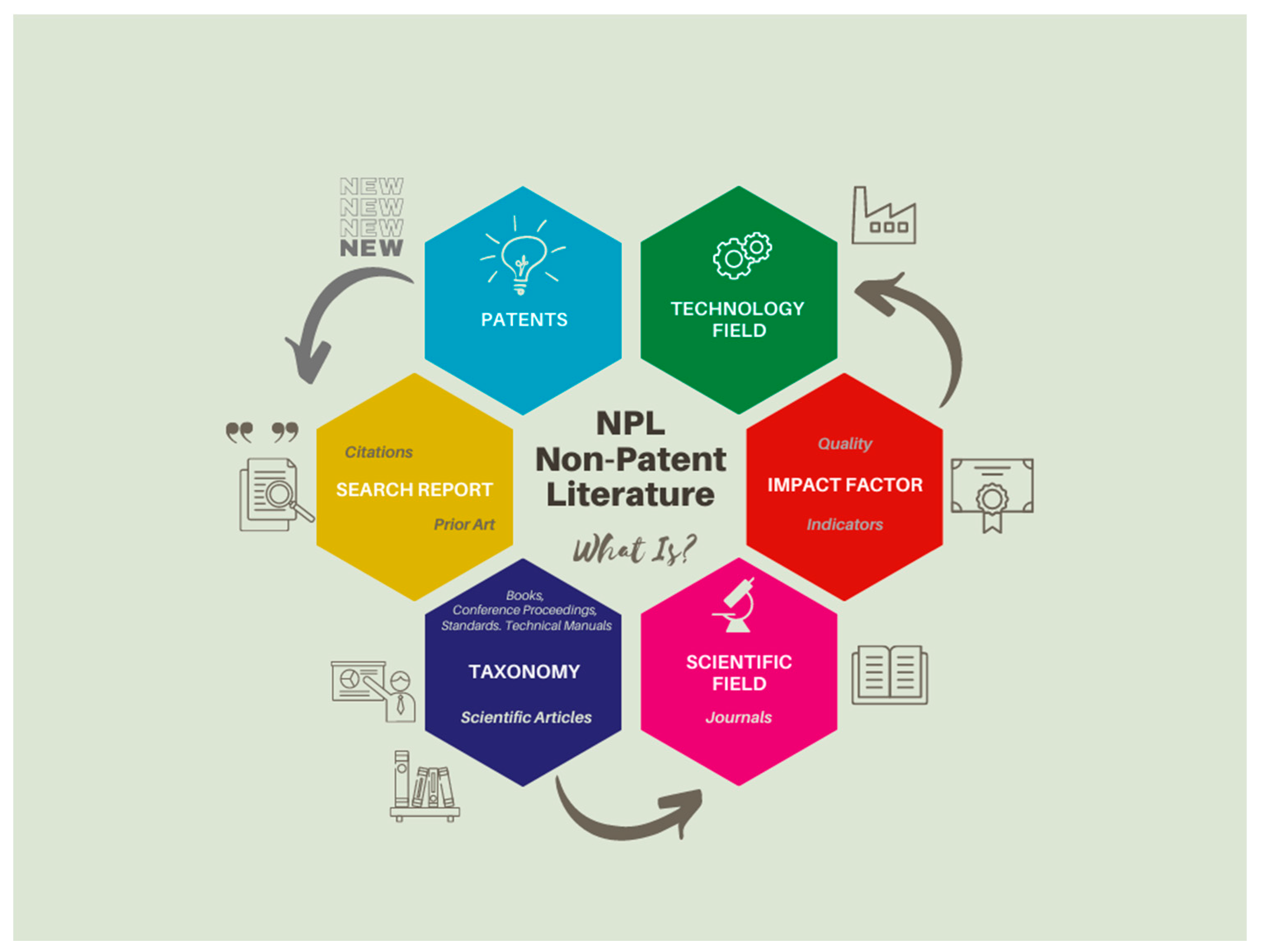Combination Prior Art to the rescue
Being in the patent industry, everyone loves a strong 102-type prior art reference in case of invalidation. But sometimes even after giving all one’s got for the searching; we are somehow not able to find the 102-type prior art.
What should one do in that case?
Well, in most of the cases, the results identified usually lack a few features or elements of the claim. This is the time when a combination-art or 103-type references come into play and serve their purpose.
We know that one is always skeptical of sending 103-type prior art to their client. But when you look at the matter with a microscopic lens, you will focus on the intricacies of the claim elements and can make the combination-artwork equally relevant as the 102-type prior art.
This is a case study on how we invalidated a patent using a combination of prior art for one of our US clients.
Requirement: The client wanted us to conduct an Invalidation search for a specific independent claim of a subject patent disclosing about point-to-point communication system, which stores all list of devices that are currently online. In addition, the client also asked us to find relevant non-patent literature. The challenge here was a big bucket of cited references and the priority date of the subject patent.
Initial Approach: We started following the conventional SOPs for invalidation search and used our expertise related to the technology. Narrow to broad search strategy was performed using various concepts and keyword-based searches on the paid patent database like Orbit patent database and native-language database such as PAJ/ESPACENET/FPO/KIPRIS/CIPO/SIPO were also analyzed. However, the references we were getting were either present in the cited art list or were not very relevant. We also looked for non-patent literature, but the story was the same.
We hit a roadblock: After following all the conventional methodologies, we were still empty-handed and needed some relevant reference that could be presented to the client as the time was ticking fast and it was getting closer to the deadline. Our team strongly brainstormed and decided to track the technology date-wise by looking at the patent filings year-wise. We identified a reference that was close enough, but it was still not a strong reference that could break the claim entirely as it was missing few features. To make it a strong reference we needed a citation that disclosed these missing features.
Breakthrough moment: We started looking at everything around the patent such as inventors, assignees, and their contributions in terms of patents, research papers, books, articles, standard meetings, and drafts, etc. We found that one of the inventors was actively involved with one of the universities in their R&D department, so this is where we dig deeper and reviewed all his contributions along with that university. We found a research paper of the same inventor which disclosed the features which were missing in that patent of the same inventor on that same technology. This acted as a combination of the prior art and altogether acted as a strong prior art for this case.
We shared the results with the client and explained to him how this combination would act as a strong prior art. Later he reviewed the results and as per him, the relevant references provided would be used to invalidate the patent in combination to provide obviousness and were also able to break the invention of the subject patent. The client was delighted with our search!
Conclusion: Patent searching is like an investigation where you must strongly brainstorm, think out of the box, and connect dots that will ultimately take you to what you are searching for, or at the least provide a strong lead towards your search.






Leave a comment: